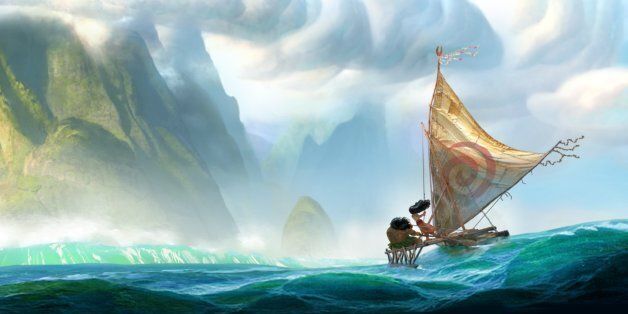
CGI has undoubtedly changed the world of cinema. Its potential unfolded as the gap between animation and real-life films got smaller, the blending of fantasy and reality almost seamless.
But what makes CGI so superior? Is it superior? Some people say it's had its glory days. Others, like many industries, began to question whether actors would be replaced by photo-perfect animated versions of themselves. Many actors are impressed by CGI's ability to reverse time, featuring them as young and wrinkle-free. Imagine how successful hybrid CGI/computer-aided plastic surgery would be. After all, both CGI and one-stop animation (using plasticine characters like Wallace and Gromit) deliver amazing results. Maybe that's the future of CGI.
Animation rivalry
We need to rewind and understand how we got to where we are. It's similar to when there was a huge debate amongst photographers about whether digital would really ever take over film. And it was heavily debated, hardcore fans refusing to accept that digital was the way forward, that it would be able to deliver the same results or better, in a fraction of the time and cost. Photography had seen few changes since 1826. We know how that panned out. Until CGI, stop-motion reigned supreme, it had no serious rivals.
How it all started
Also in the 1800s, with the invention of the Phenakistoscope and the Zoëtrope, which were both marketed as toys, through rapid succession, drawn images were brought to life. This was animation in its infancy. However, animations had no story until 70 years later when the first cinemas opened their doors. Besides drawings, other characters in the form of puppets had been entertaining people for hundreds of years, so using them in animation was a natural progression. It required skill and a lot of patience to move objects a fraction at a time, but the results of stop-motion had audiences captivated, it dominated for nearly a century.
With advances in computerised technology, computer-generated imagery was inevitable. Unlike today's fine examples, like watching the special effects in the first Jaws film, early CGI was cringe-worthy. Meanwhile, traditional techniques like stop-motion had advanced into 3D and 2D cel-based animations, they won fans everywhere, mostly kids. Animations also struggled to compete with Hollywood blockbusters filled with attractive A-listers.
A hit with adults and children, Tim Burton's The Nightmare before Christmas was a breakthrough for stop-motion and looked set to revolutionise the film industry. But that was short-lived. Two years later, in 1995, Pixar released Toy Story. It was the first full-length CGI film made, and everything changed after that. Even Spielberg ditched stop-motion in favour of CGI for Jurassic Park after only intending to use it to create the stampede; CGI's time saving, money-saving stunning effects too good to ignore. Yet, stop-motion remained a favourite with animators such as Aardman, creators of hit features Wallace and Gromit and Chicken Run. They only made their first computer-animated film in 2006, Flushed Away.
Has CGI peaked?
The last decade has seen CGI go from strength to strength, entertaining both adults and children. Dominating cinemas and transforming the world of gaming, it's been one of the most talked about technologies to date. It all boils down to one simple fact: people pay to be entertained. We know how good CGI is when it's done well, but at the core always needs to be a good storyline. Believable characters we can relate to, empathise with or despise. Just as bad writing distracts the reader from the story, over-the-top or unrealistic CGI guarantees walk-outs at the cinema. And as human nature goes, people always want better, more. It doesn't look like CGI has peaked per se. Unlike technologies which have been and gone in its lifetime, computer-generated imagery is improving all the time. Consider the cutting-edge technologies and techniques used for the Disney Moana movie which is pushing the boundaries of what is possible.
As for CGI signing traditional animation's death warrant, maybe not quite. Like all new things, CGI was a novelty. Now it's become the norm.
